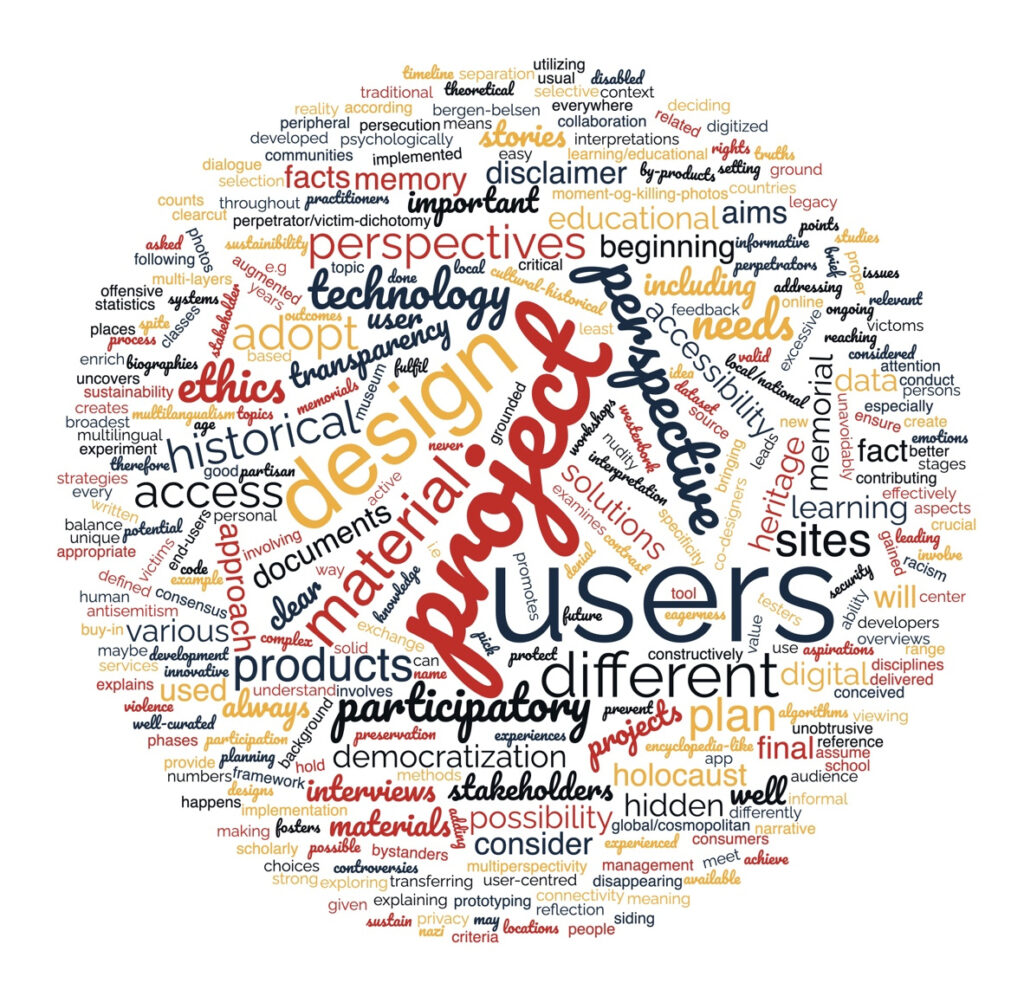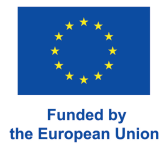How can we best preserve and access the tangible and intangible heritage of Nazi persecution by digital and virtual means? The guiding question of the MEMORISE project was the starting point for a joint online workshop, held on May 23, 2023. International experts and practitioners from various institutions and projects discussed a framework for digital and virtual heritage projects on Nazi persecution that could assist in the process of conceptualising prototypes, and serve as the basis for an ethical and best practice guideline for new projects based on existing projects and applications.
During the online workshop, we presented the current state of research and discussion about digital memory and heritage applications within our project, and in regards to developments in the growing field of Digital Humanities. We discussed our preliminary thoughts and received expert opinion on best practice, ‘must-haves’, things to avoid, and what we should consider or try out when developing digital projects based on diaries, testimonies and the topographies of atrocity sites for engaging with the heritage of Nazi persecution.
Following a project presentation by MEMORISE coordinator Stefan Jänicke, Stephanie Billib (Bergen-Belsen Memorial) and Chris Hall (Chris Hall Design) introduced groundbreaking work on developing accessible 3D models of prisoner paintings. How can such applications be used to better understand the reality of the camps? Can these animated paintings serve as witnesses to subjective experiences in the camps? How can we add background information about the painters and provide context for the artistic documentation of camp life, as well as for the different stylistic approaches to the medium of art, drawing and painting in various camps? Reflecting the potential of 3D-modeling and the special character of the historical source, we were able to discuss our preliminary prototypes in the light of similar approaches at other memorial sites and research projects.
Based on responses to a questionnaire sent to the participants before the workshop, we discussed what potential digital heritage projects on Nazi persecution must have and what they should avoid, as well as what developers of such projects should consider or try out. Among other things, the workshop participants mentioned the importance of easy access and participatory design, the integration of an educational approach, complex and multi-layered perspectives, and a strong code of conduct based on ethical principles. Oversimplification and bias should be avoided, as should a reduction to only German or Western European perspectives. An expert with a background in museum curation and development suggested: “Make the complex and partially contradictory history of Nazi persecution, or its chronotope, accessible without linearizing it into a single master narrative; ‘trying’ should always be defined as ‘validating and testing’, this is not a sand-box to play around in”.
Critically framed elements such as First-Person Shooter aesthetics, animation of still photos, and colouring provoked more dissent during the discussion. One participant with a background in art and media emphasized the necessity of information about heritage sites that are less known and difficult to access: “Use digital projects to get access to or information about places of Nazi persecution that no longer exist or are not accessible; multiple perspective, use digital projects in order to prepare for visits to memorial sites or post processing.”
The discussions during the workshop particularly emphasized the importance of considering target groups, and integrating user perspectives into the development process. From a researcher’s perspective one participant claimed: “It is critical to consistently incorporate the user perspective throughout the design and development process. By actively involving users from the earliest stages, designers can gain valuable insight into their needs, preferences and expectations. This user-centred approach ensures that the final products effectively meet the requirements and aspirations of the intended audience.”
The expert workshop provided a very valuable forum for discussing the challenges and potential of digital and virtual heritage applications, as well as for sharing experiences and knowledge with others. The results of these discussions will continue to inform our work on our framework for digital and virtual heritage projects focused on Nazi persecution.

Authors: Tobias Ebbrecht-Hartmann and Noga Stiassny



No responses yet